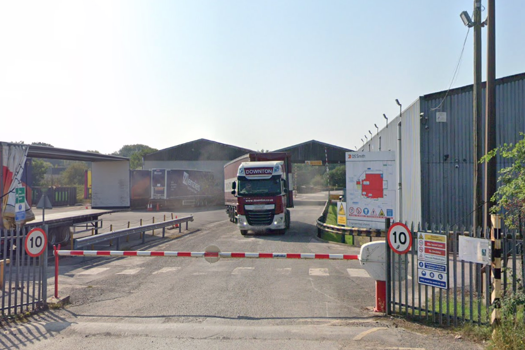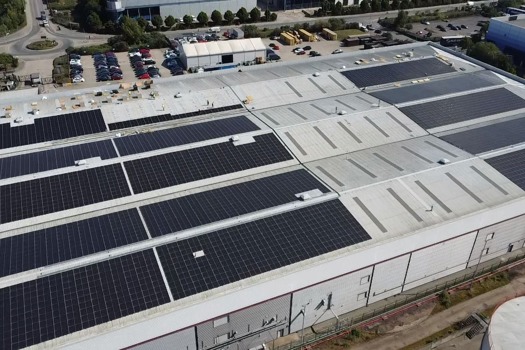Although founded in 1960, CP Bourg did not launch its first collating system until nine years later. However, the wait proved worthwhile and the company is now a key player in the sector.
Those first machines, the A-Series of horizontal friction-fed collators, were able to handle 40-45 2.5cm bins. The machines established the company and by adding a host of finishing accessories, the Belgian manufacturer has gone from strength to strength.
Over the next few decades the innovation continued, and in 1995, the BST vertical collator was launched. This was its first collating system to employ a suction belt delivery - the basic model consisted of a 10-station tower. This was followed in 1998 by the BST-D, which was capable of dual output allowing a bookletmaker to be permanently attached on one side and meant that two jobs could be run simultaneously with more complex collating.
The machine was expandable by up to 50 stations (five towers) and when connected to a Bourg bookletmaker, could produce 5,000 sets per hour.
Further development came with the unveiling of the BST-D+ in 2003. This machine was heavily automated in its performance leading to faster set-up times compared with the BST-D collator.
"It's worth people paying a little bit more for the high specifications of a Bourg," claims Chris Cooper managing director of Terry Cooper Services (TCS), which distributes CP Bourg collators in the UK.
Operation of the BST-D+ was simplified with a colour touch screen that gave the user a clear view of the collator's status. The machine could automatically locate bins with papers and set them as default for feeding.
High-power dual brushless turbines blow air onto the paper pile allowing the top sheet to float free of the pile. Each bin is motorized individually allowing for adjustable suction and blowing intensity per bin. Because the machines employed a brushless system, according to Cooper, there was less marking and less likelihood of irregular feeding.
Clever collating
In combination mode, the machine can pick varying amounts of sheets per bin. "For example, the way to collate a 12pp calendar on a 10-station tower is to pre-collate the last three months and have them in bin 10," says Cooper.
"The first nine bins would take one sheet, but the tenth would take three sheet sets."
Although targeted at commercial printers, quick printers, trade binderies and digital printers who need to produce high-quality booklets, the market for the BST-D and BST-D+ has contracted a little since the onset of larger-format digital presses. Hence CP Bourg's planned launch of the BST-E in the summer. This machine will have the ability to take the full sheet size of an iGen or Indigo press and up to double A4 landscape sizes.
UK dealer TCS stocks a comprehensive range of spare parts for models going back a decade or more. The company sells and takes in used machines as part exchange.
Specifications
Max set size 350x520mm
Min set size 148x200mm
Max speed 9,000 sets per hour
Min paper size 200x115mm
Price
New BST-D basic: £13,750
New BST-D+ basic: £14,800
2004 BST-D: £8,500
2004 BST-D+: £9,600
What to look for
• Service history
• General wear and tear










